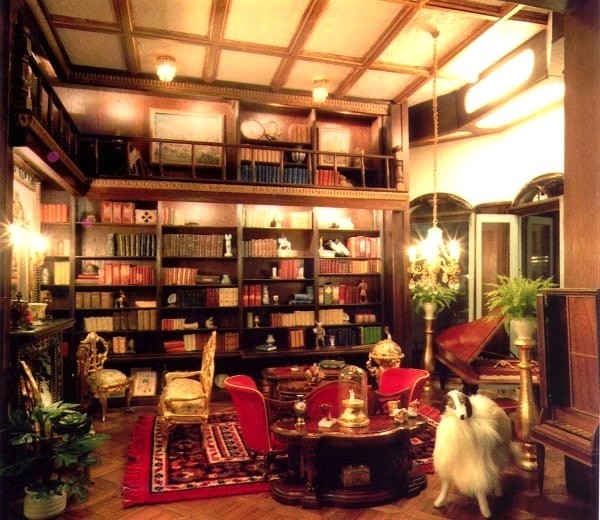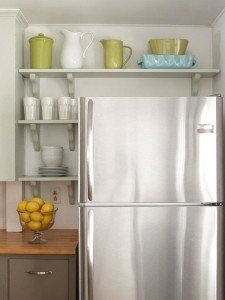Accessorizing Dollhouse Shelves
The rules of dollhouse shelves “accessorizing” are made to be broken. But give them some thought first. After all, some of these points go back eons. The ancient Greeks fretted over mixing black glazed pottery with unglazed terra-cotta. Following are rules of thumb* can be a guide to give your dollhouse shelves a sense of style, in any era.
Interior designers have made the following five categories ”best bets” for accessorizing shelves: books, decorative boxes or baskets, ceramic or sculptural objects, artwork and/or photographs and favorite mementos.
If you want to mix your books with accessories, it’s a good idea to keep a ratio of 1/3 books, 1/3 accessories and 1/3 empty space so that the eye has a place to rest. You also may want to stagger your heights, group similar collections, and balance each grouping with another, either symmetrically or asymmetrically. If that sounds like double-talk, be bold with your decision. It will work out.
Group Favorite Objects
The Astolat Castle’s Grand Library is a good example of grouping favorite objects in odd numbers and styles. This setup is naturally more appealing to the eye than even number groupings. Books can be a colorful pedestal to give framed photos and other treasured objects a lift.
An Art Display
Make a shelf display feel like an art object, rather than storage space, by staggering heights and shapes; put a little breathing room between individual items. Utilitarian items can show a sense of style, as in the grouping around the refrigerator.
Breakfast Room
Use shelves or a ledge in a breakfast room to display plates, or in a child’s room to keep porcelain figurines or stuffed animals out in the open, yet out of the way.
Repeated Item
Make an impact with multiples of a single item; the collection of sand pails, for instance. Sprinkle in a handful of smaller objects for added interest without overpowering the primary display.
Color Contrast
Most of the pictures in this post contrast with the backgrounds and adjacent objects. Equally appealing can be the subtlety of the color combination in the refrigerator picture.
* The phrase ‘rule of thumb’ derives from the belief that English law allowed a man to beat his wife with a stick so long as it is was no thicker than his thumb.
Yuk!
Susan Downing, with Patrick Owens









